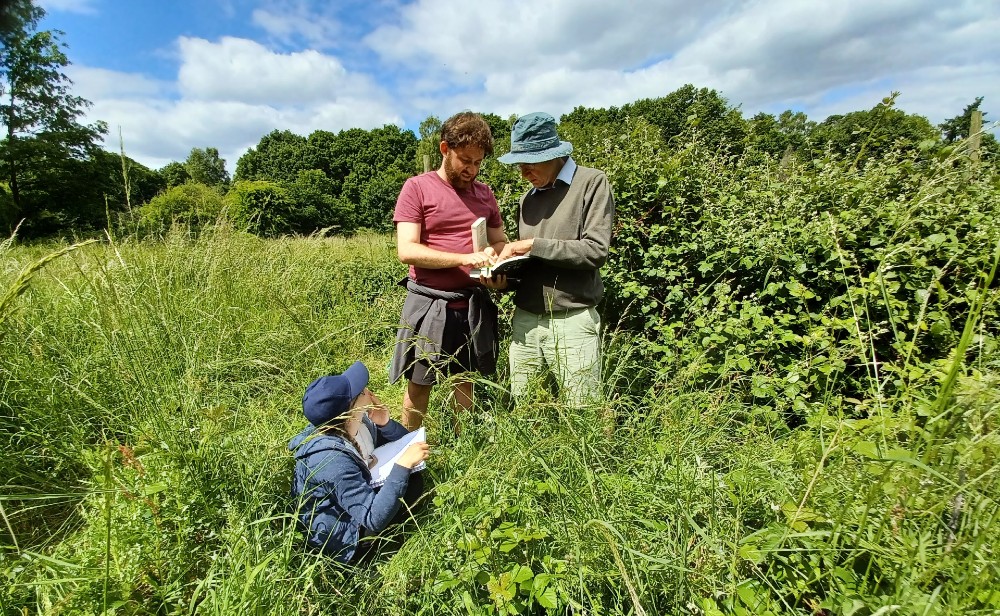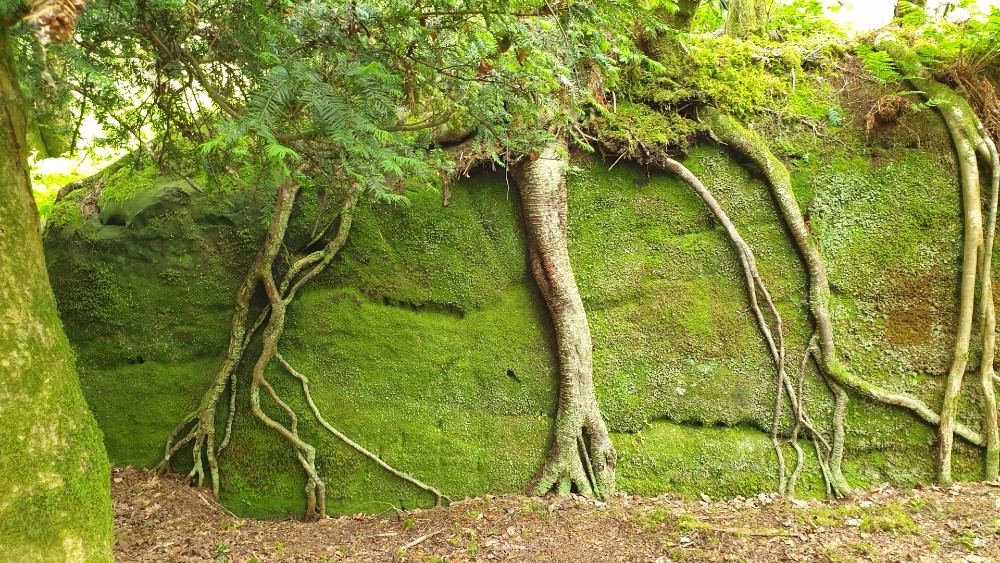A library of plants – what can we learn about our changing landscape?
What does the size of a plant genome tell us about its chances of survival? As land use, climate and other anthropogenic changes alter the distribution of plants across the British Isles, can scientists predict future patterns?
We are fortunate that scientists and botanists have recorded extensive details about plant taxonomy and distribution in the Britain and Ireland over the decades. Now all this information has been gathered together into a comprehensive and open access database by a PhD student at Queen Mary, enabling, for the first time, researchers to search and analyse taxonomic, ecological and genetic information for thousands of plants in ways that were previously impossible.
A flourishing database
While the flora of Britain and Ireland has been extensively studied through the centuries, the knowledge was spread across multiple resources, with taxonomic, ecological and genetic information recorded in many different ways. PhD student Marie Henniges built a computer analysable database, including as many features of plant biology as she could find.
The data resource comprises 3,227 species and includes existing and previously unpublished genome sizes, chromosome numbers and life strategy and life-form assessments, along with existing data on functional traits, species distribution metrics, hybrid propensity, associated biomes, realized niche description, native status and geographic origin of alien species.
This information has been organised in decadal time slices going back about 50 years, and allows researchers to see how the distribution of native and alien plants has changed across the UK. Over the next few years, Professor Andrew Leitch, Marie Henniges and our collaborator, Dr Ilia Leitch at Royal Botanic Gardens, Kew, will be further developing these insights in partnership with Dr Silvia Liverani from the School of Mathematical Sciences.

How big is a genome?
Plants have different amounts of DNA in each cell (i.e. their genome) and the tiniest genome in some species is 2400 times smaller than the biggest genome in other species. While researchers have previously explored the role of genome size in a plant’s ecological preferences, most studies were over small spatial scale. Now, Marie Henniges and the Leitch team are using AI approaches and the new database to predict plant distribution changes in the last 50 years over landscape scales. They find that genome size improves the predictive power of species distribution models, probably because plants with species with larger genomes have bigger cells. That scaling effect influences nutrient and water-use efficiency, photosynthesis and species responses to climate change and other ecological and human-made challenges.

What does this mean for our flora in the future?
Around fifty per cent of the plants in Britain and Ireland have arrived since the 16th century. These alien species frequently have small genomes and are more responsive to climate change than our native species. In addition, human activity has forever changed the world’s ecosystem. We are continually adding nutrients into the soil from car and plane emissions and the use of fertilisers. There is now nowhere in the world that has not received fertilisation. Those extra doses of fertilizer seem to be favouring plants with larger genomes, imperceptibly changing their competitive advantage and hence their distribution in an ever-changing world.
If we are committed to preserving the biodiversity of our islands, we need to be alert to such changes. The work of Queen Mary’s researchers can help us to track the shifts and mitigate them where we can.
